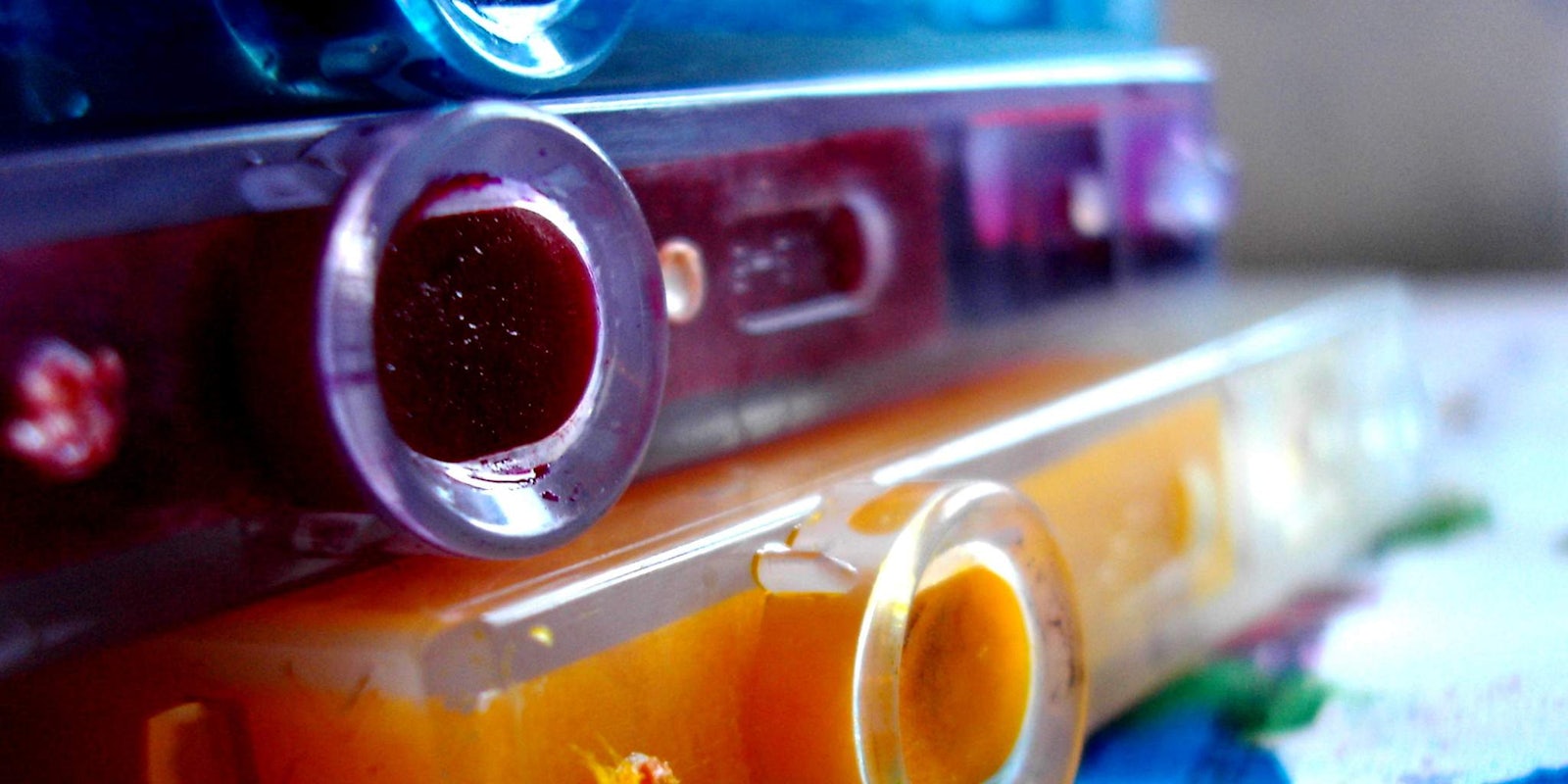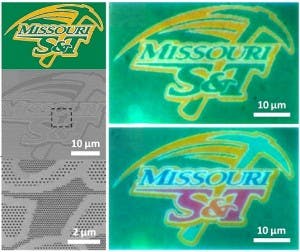Printer ink is expensive—like, really expensive. It costs more than human blood (not that you should buy human blood in place of printer ink). In searching for an affordable alternative, researchers at the Missouri University of Science and Technology discovered a way to eliminate ink from printers altogether.
Their process uses a method of perforation that punctures a special paper with thousands of microscopic holes to produce a color image. The university demonstrated the breakthrough technology by replicating the Missouri S&T Miners’ logo. (The Miners football team finished 4-7 last year, 9-17 in men’s basketball, and 6-20 in women’s basketball, but you can’t invent an amazing piece of technology and dominate the athletic department.)
If you want to see the logo that the researchers produced in person, you’ll need an electron microscope—it’s just 50 micrometers wide. To put that in perspective, a micrometer is one one-millionth of a meter. So if you’re hoping to print out your favorite photos with this method, make sure you pack up a microscope with you so your friends and family can actually see them.
The image is produced by shining light through the tiny holes punched into the paper, which is actually made up of a layer of silica sandwiched between two layers of silver. The holes reflect different colors depending on their location and size. Researchers were able to produce green, cyan, navy blue, orange, and magenta coloring.
While these printers aren’t likely to land in your office any time soon, the technology behind them suggests new possibilities for low-cost printing. At the very least, this should give the major printer manufacturers pause if they think the wealth from the inkwell will never run dry.
H/T Gizmag | Isaac Bowen/Flickr (CC BY SA 2.0)



